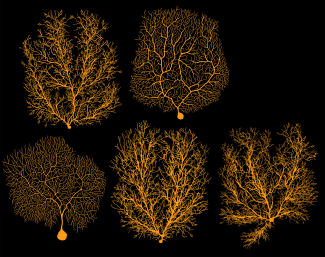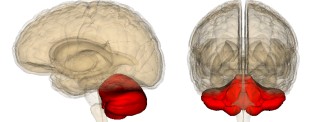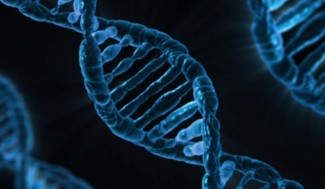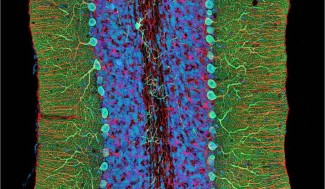Telangiectatic ataxia is an autosomal recessive disease, which causes increased susceptibility to infection but also neurological disorders. Motor symptoms of ataxia usually become visible when children begin to walk.
The gene responsible for this disease is called Ataxia Telangiectasia Mutated (ATM). It codes for a protein that “repairs” DNA, the molecule that supports genetic information. More than 500 different mutations have been identified as the cause of the disease. Most lead to a lack of cell-killing ATM protein, e.g. cerebellum neurons.
The name telangiectasia comes from a particular symptom, observed in patients and specific to this pathology, the dilatation of small blood vessels at eye level, inside the ears, on the eyelids or at the level of the folds of the elbows and knees.
The first symptom is usually ataxia, an unstable, stumbling gait that becomes detectable when the child begins to walk. Thereafter, other neurological symptoms may appear, such as jerky eye movements, nystagmus, or difficulties with voluntary eye movements.
In nearly half of patients, ataxia telangiectasia is characterized by an increase in susceptibility to bacterial or viral infections that requires daily preventive treatment with antibiotics.
Patients may also have impaired muscle control leading to speech (dysarthria) and swallowing leading to false routes.
Formal diagnosis occurs when a mutation in the ATM gene is identified.
Curative treatment for telangiectatic ataxia is not yet available. Management of symptoms includes physiotherapy, speech therapy and treatment of infections.
For all medical information:
https://brain-team.fr/les-membres/les-centres-de-reference/neurogenetics/







